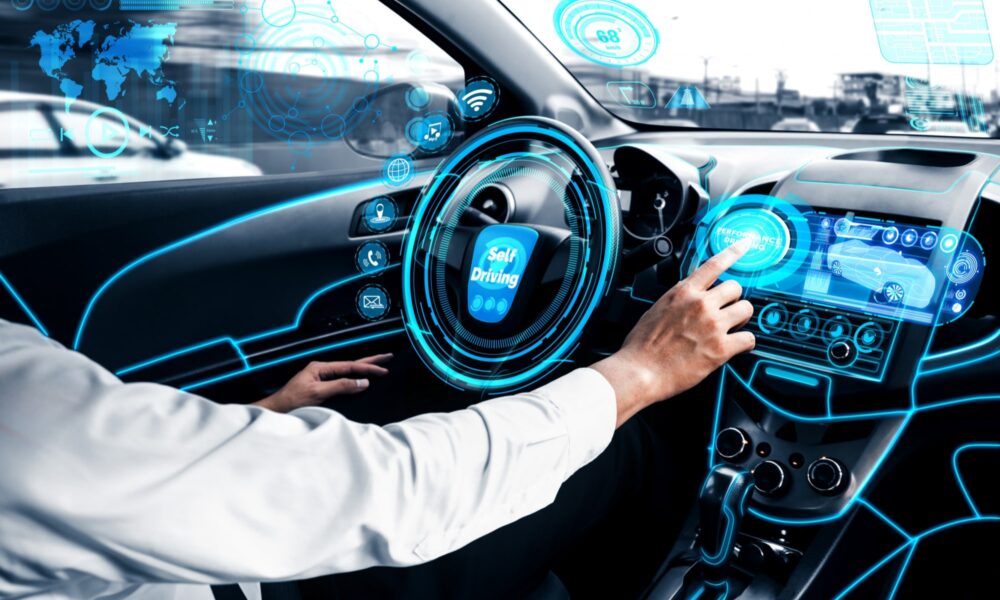Artificial Intelligence (AI) has revolutionized numerous industries, and the automotive sector is no exception. With the advancements in AI technology, vehicles are now equipped with sophisticated safety features that enhance road safety for both drivers and pedestrians. AI-powered systems can predict, prevent, and react to potential dangers on the road quicker and more accurately than ever before.
1. Adaptive Cruise Control (ACC)
ACC is an AI-based feature that automatically adjusts the speed of a vehicle to maintain a safe distance from the vehicle ahead. By using sensors and AI algorithms, ACC enables vehicles to detect obstacles and adjust their speed accordingly. This technology reduces the risk of accidents caused by human error, such as tailgating or sudden braking.
2. Lane Departure Warning (LDW)
LDW utilizes AI algorithms to detect when a vehicle is unintentionally drifting out of its lane. This feature alerts the driver through visual, auditory, or tactile signals, allowing them to correct their course. LDW helps prevent accidents caused by drowsy driving or distractions, ensuring that the vehicle stays safely within its lane.
3. Automatic Emergency Braking (AEB)
AEB systems utilize AI to monitor the road and detect potential collisions. When the system detects an imminent collision, it automatically applies the brakes to prevent or minimize the impact. AEB is particularly effective in situations where a driver fails to react in time, providing an additional layer of safety and reducing the severity of accidents.
4. Blind Spot Detection (BSD)
BSD systems use AI-powered sensors to monitor the vehicle’s blind spots. When a vehicle enters the blind spot, the system alerts the driver through visual or auditory signals, ensuring safer lane changes. This feature eliminates the need for constant manual checking of blind spots, reducing the risk of collisions during lane merging or overtaking.
5. Pedestrian Detection
AI-based pedestrian detection systems utilize cameras, sensors, and machine learning algorithms to identify pedestrians on the road. These systems can detect pedestrians in real-time and provide warnings to the driver, helping to prevent accidents involving pedestrians. By enhancing the driver’s awareness of their surroundings, pedestrian detection systems significantly contribute to road safety.
6. Intelligent Traffic Sign Recognition
Intelligent Traffic Sign Recognition (ITSR) uses AI algorithms to identify and interpret traffic signs, including speed limits, stop signs, and no-entry signs. By analyzing the captured images, the system provides visual or auditory alerts to the driver, ensuring compliance with traffic regulations. ITSR eliminates the possibility of missing important signs, reducing the likelihood of accidents caused by traffic violations.
The integration of AI technology in auto safety features has revolutionized the way vehicles operate, making roads safer for everyone. Adaptive Cruise Control, Lane Departure Warning, Automatic Emergency Braking, Blind Spot Detection, Pedestrian Detection, and Intelligent Traffic Sign Recognition are just a few examples of how AI is enhancing auto safety. As AI continues to evolve, we can expect even more advanced safety features that will further reduce accidents and save lives on the roads.

